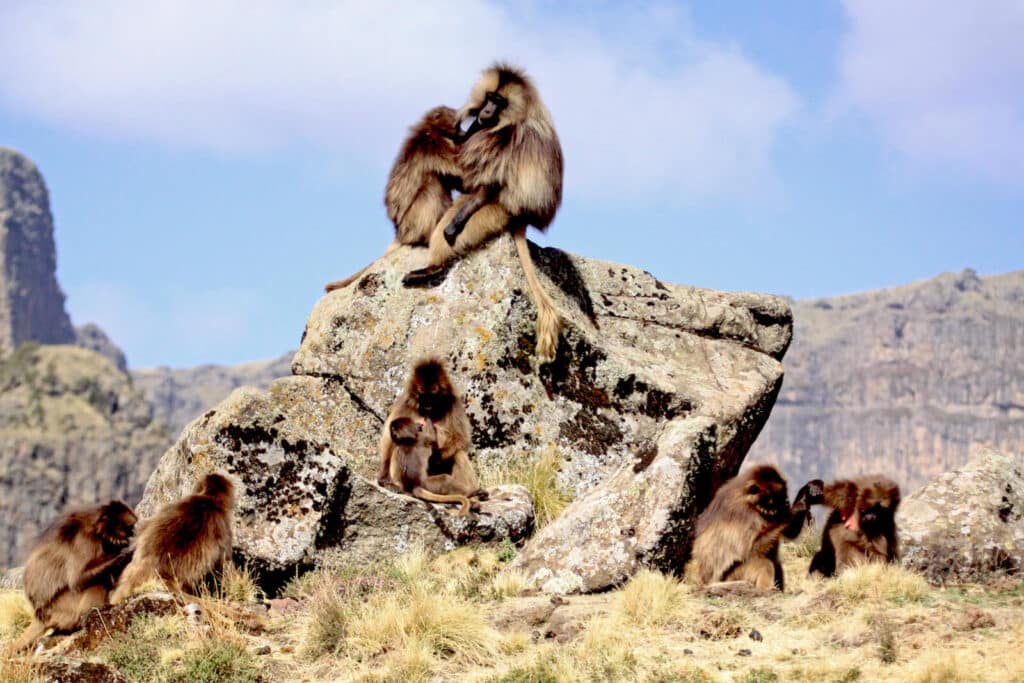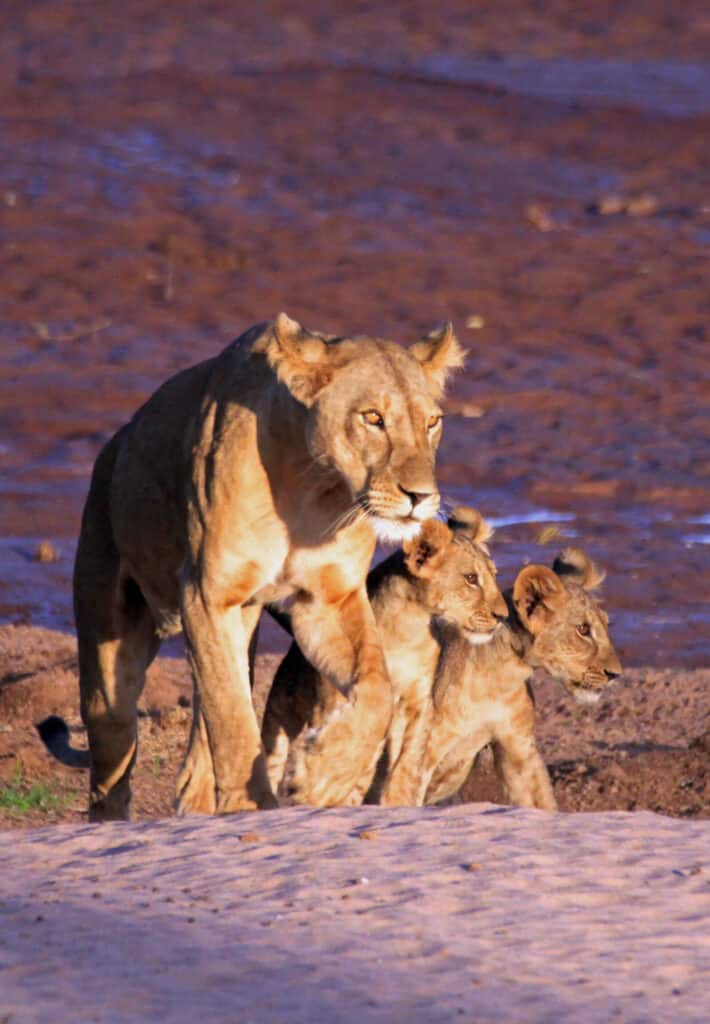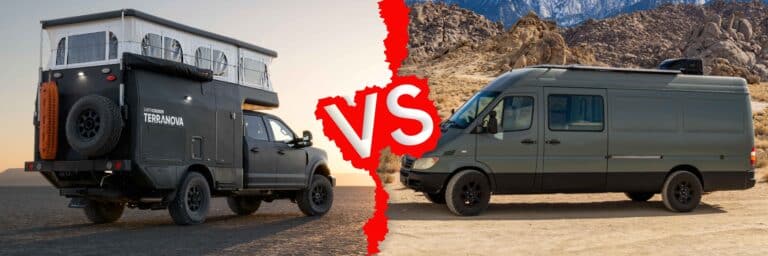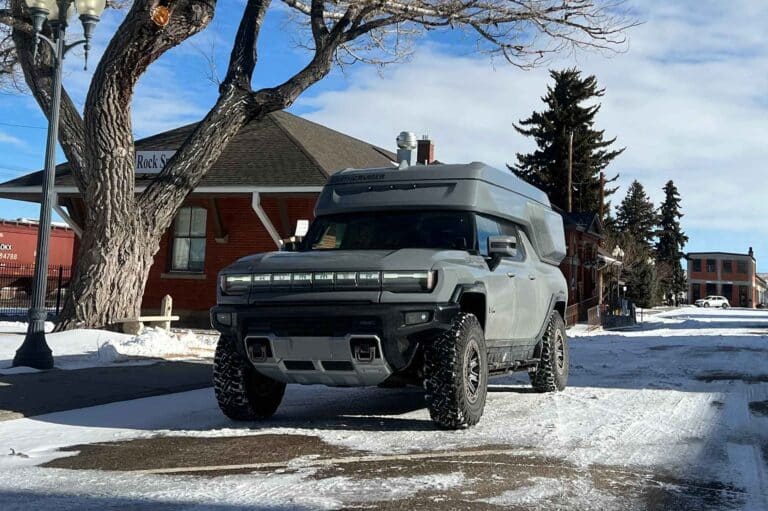I’m not sure which was my first love: wildlife or overlanding. I was fortunate to have grown up in Alaska, with parents in careers that afforded us a few weeks every summer to explore our beautiful home state. As soon as the graduation caps flew in the air, we’d be packing the family vehicle to hit the road. As a kid, my fondest memories were of sleeping in tents and the back of our pickup, exploring new routes, and fishing every stream. If we were lucky, a bear might wander through our campground, a moose may take a drink from the river we were fishing, or a beaver might slap its tail in warning when we inadvertently wandered too close to its lodge. Every trip filled me with wonder and fed my appetite for our natural world.
I took my first big international trip in my 20s, traveling deep into the Amazon basin of Peru on a quest to see tapir, macaw, and anaconda. On this trip, I first heard the term’ overlanding,’ in this case, as our wildlife guide mentioned a ‘party bus’ that had been in the area the week before. He described a truck full of young Europeans and Australians traveling around the continent, watching animals, and having a few beers around the campfire at night. He probably didn’t mean the term as a compliment, but being young and eager to mix in with others who shared my interests, I immediately asked him to tell me more about this ‘party bus.’

So it was that I booked my first overlanding trip. I spent three weeks in the back of a converted truck, visiting Tanzania, Kenya, and Uganda. We walked with mountain gorillas, had our lunches stolen by marauding baboons, and experienced an hour-long traffic jam of migrating wildebeest. We also had a few beers around the campfire, and I made lifelong friends. The fact that it was a more affordable way to travel and that overlanding made me feel more immersed in the places we visited were pretty big bonuses, too. I was hooked.
From then on, I prioritized this kind of travel. Why would I want to sit on a beach when I could be driving across the Alto Plano? Why would I want to fly in for a two-day safari when I could spend a week taking my time driving the length of the Okavango Delta? I saw tigers in India and rode out on horseback in Central Asia, and when the opportunity came to quit my desk job and do this kind of travel for a living, I jumped on it.

I spent the next five years leading overlanding trips all over the world, and I always made wildlife watching a priority. Even on trips that ran in regions not known for their animals, I could always find something from the natural world to appreciate – birds and insects, flowers, forests, and prairies. Nature finds a way, even in big cities. I spent mornings watching monkeys raid the stalls at a busy Indian market or a falcon take flight from a skyscraper in a Chinese metropolis.
I’ve always said that birding is the best travel-adjacent hobby you can have. Birds are everywhere, and developing an appreciation for them helps connect you to new environments. With a bit of practice, you begin to recognize species by their flight pattern or call. Identifying a bird in a new environment tells you about a place you’ve never visited before – what season it is, what the weather is doing, and what kind of ecosystem is present. As I drove my way across a new continent, I could tell when I’d entered a new habitat by the kind of birds I saw from my truck’s window.

One of the beauties of overlanding is that the nature of driving from place to place means you don’t just fast forward to wherever tourists are told are the ‘good parts’ of a region. And while yes, the great destinations are considered such for a reason, I find often it’s the parts in between, the bits around the edges of these places, that are most memorable. Wildlife has a way of rewarding those who spend time in those border regions.

I spent years hoping to find an aardvark in Africa. Wouldn’t you know it, my first sighting wasn’t in a national park but on the outskirts of the bustling city of Bulawayo. That’s the thing about wild animals, we create boundaries to protect them, but no one tells the animals that. While I’ve had the privilege of seeing scores of animals in parks and reserves, I’ve also seen a wild chimpanzee in a ranger station parking lot and a mother and calf tapir in a farmer’s field.
Overlanding lets you experience these magical, chance encounters in ways other forms of travel don’t. It also lets you take your time.
Many of Africa’s best parks and game reserves allow you to self-drive. And while there is no substitute for going on a game drive with a seasoned guide or ranger, being able to watch wildlife from your own vehicle allows you to be completely selfish with your time. If you’re a die-hard like me, you can get up before dawn to stake out a waterhole in hopes of catching a predator on the hunt. You can spend all the time you want waiting for a bird to hop just close enough to capture the perfect photo. Or, if you’re a bit more casual, you can move on from the things that don’t grab your attention towards the next vista or photo opportunity.

Unlike spending every evening ensconced behind the walls of a lodge, when you’re overlanding you’re sleeping in the wild. You don’t get to hear the whoop of hyenas or the smell of a herd of bison from your hotel room. Where you park isn’t just home to the overlander, it’s also your choice of vantage points. Every evening you get to decide the view from your house. How many other modes of travel allow you to pick the right angle so you can wake to a view of elephants making their way past your bedroom window for a morning drink?










